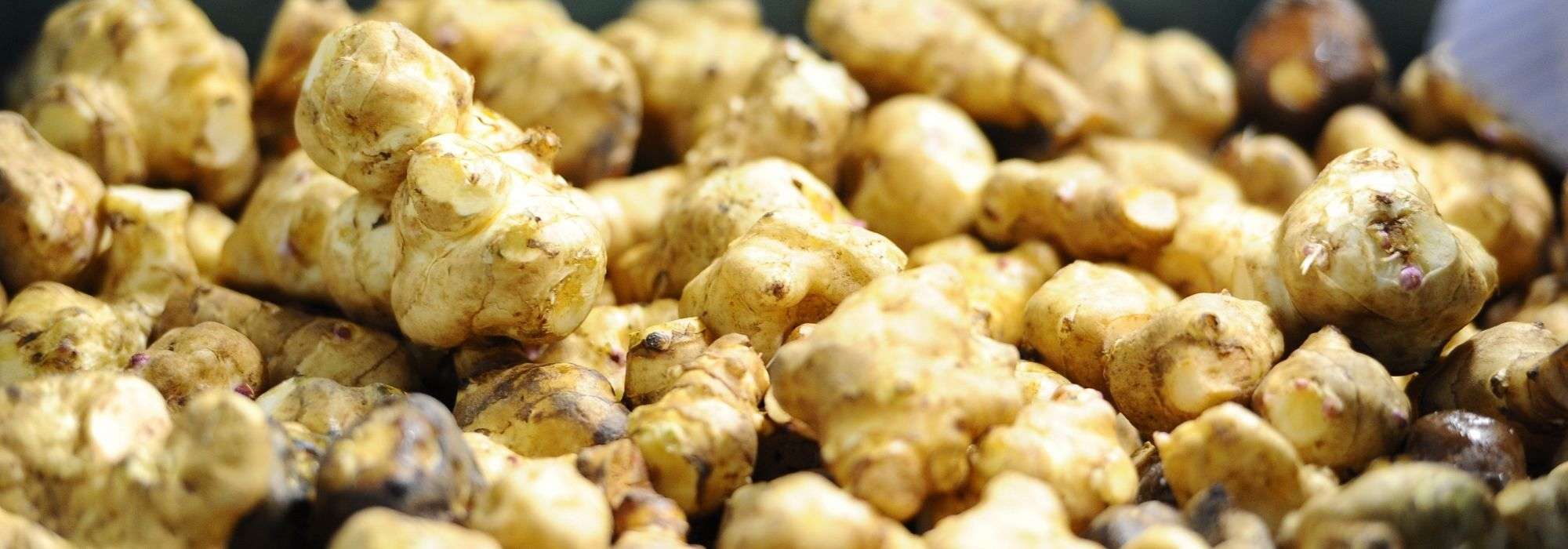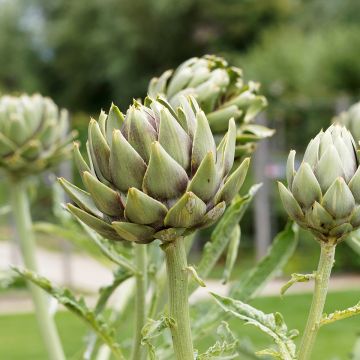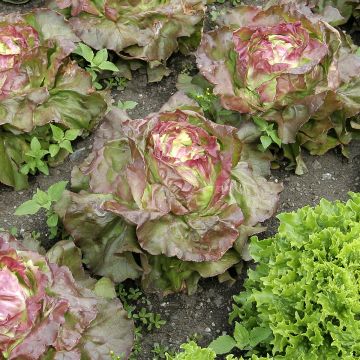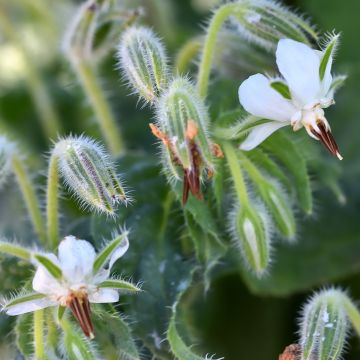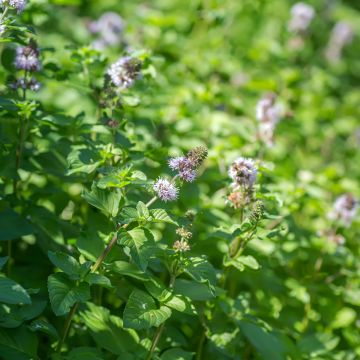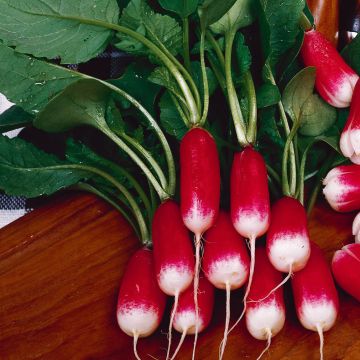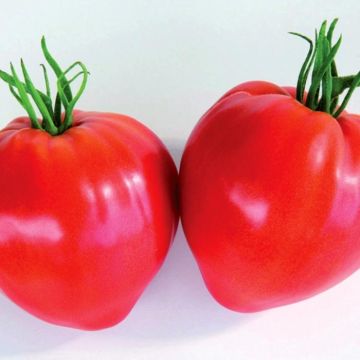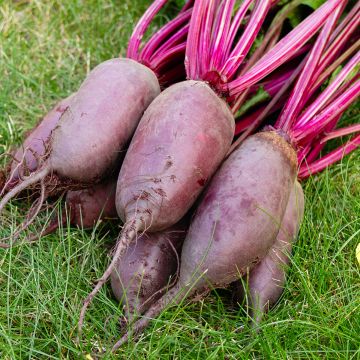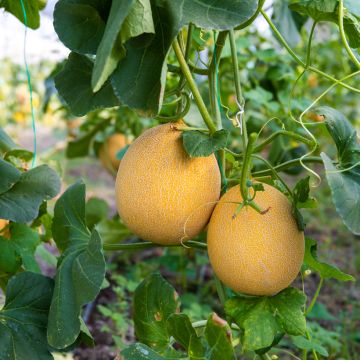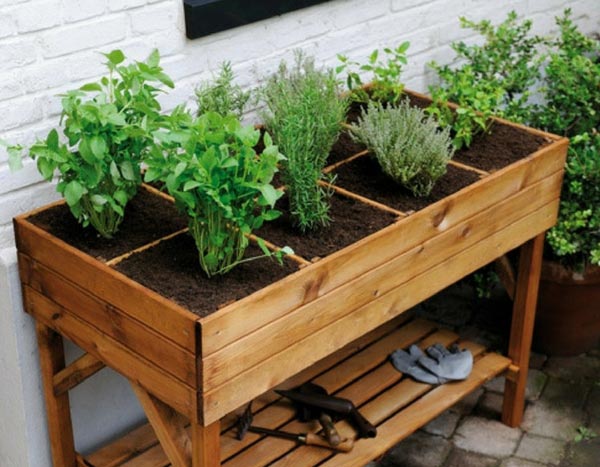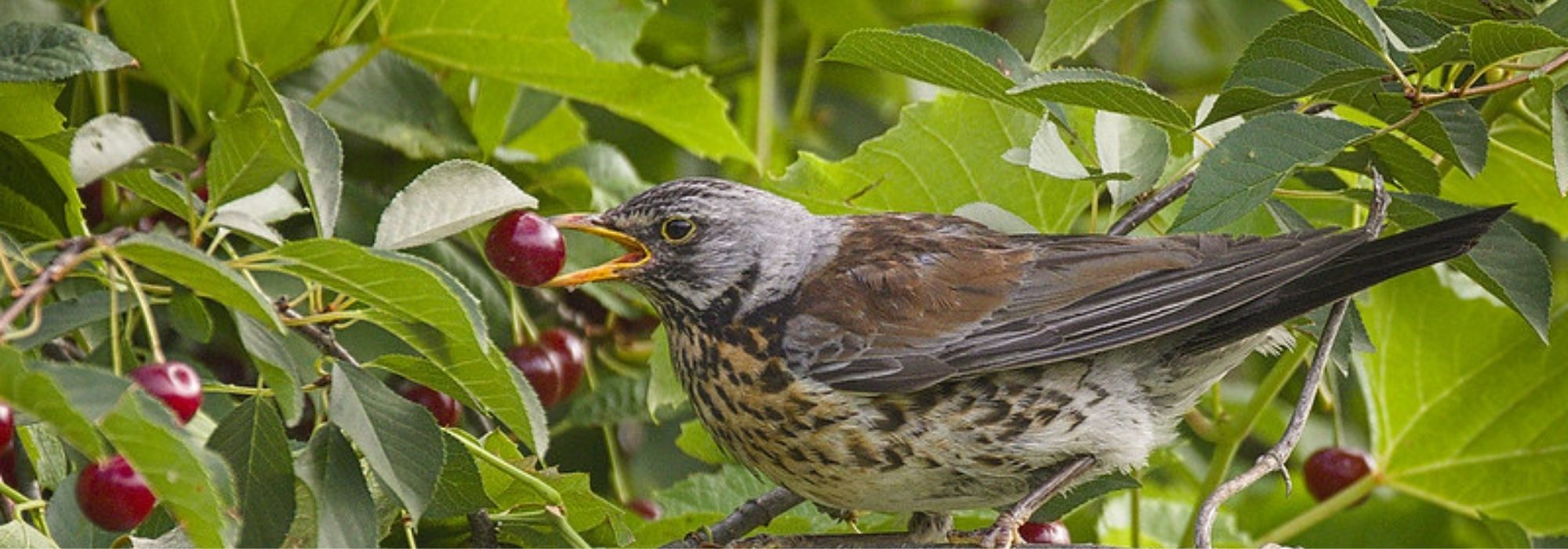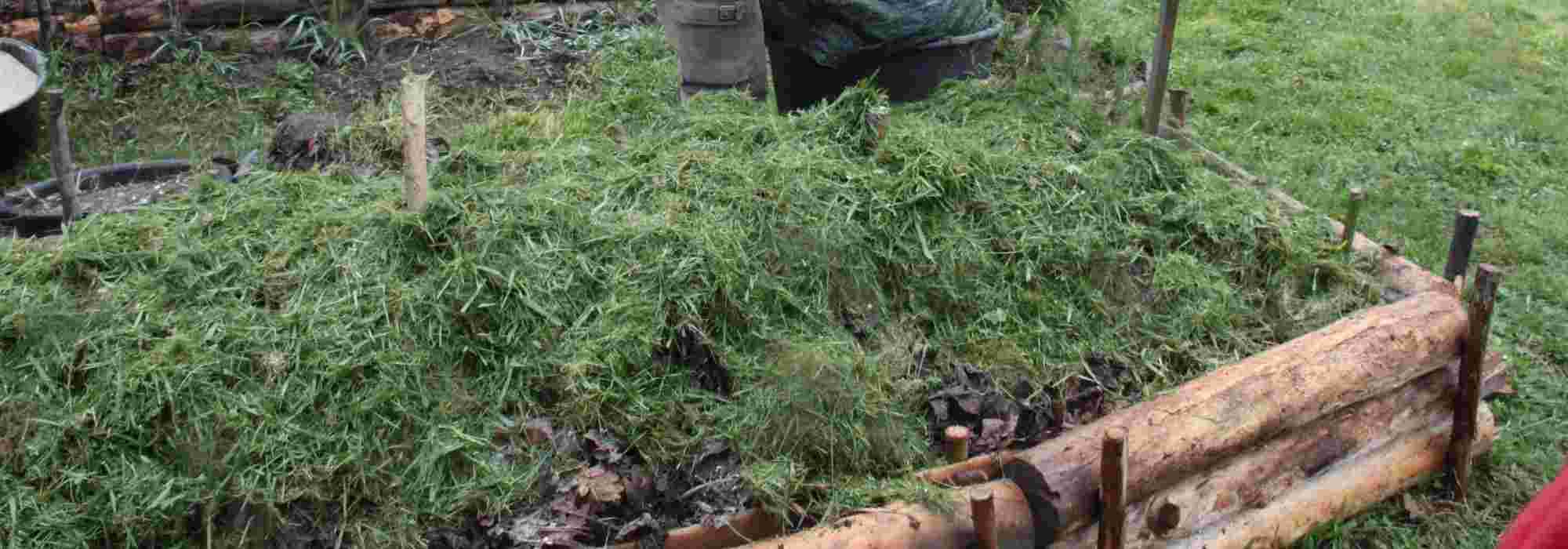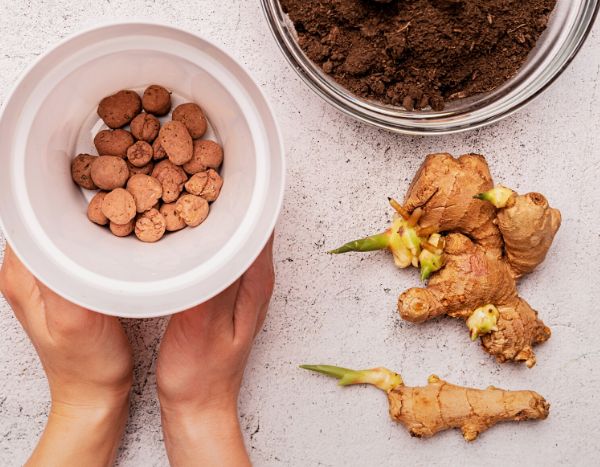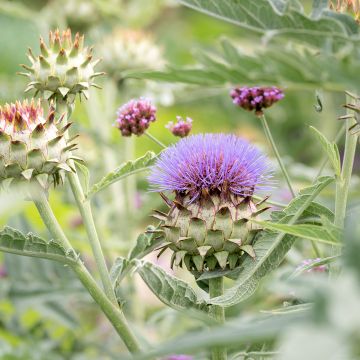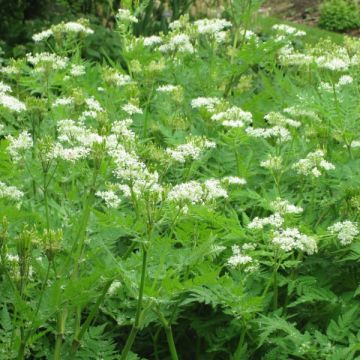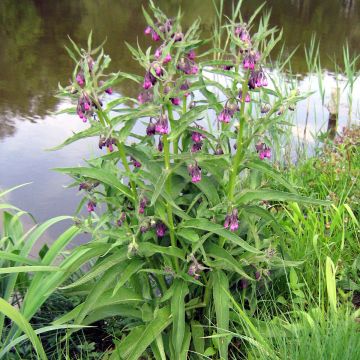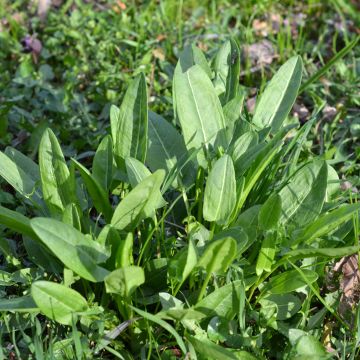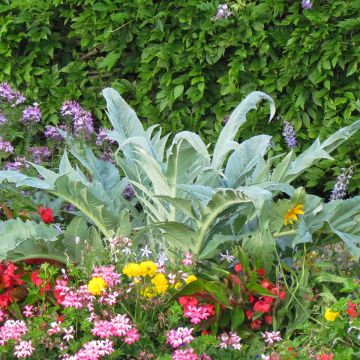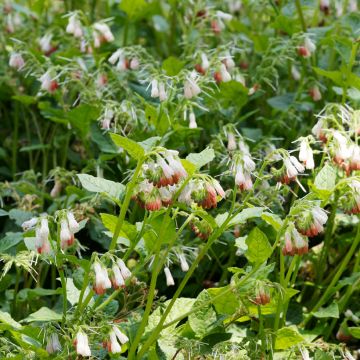

Aster maritime - Aster tripolium ou Tripolium pannonicum


Aster maritime - Aster tripolium ou Tripolium pannonicum
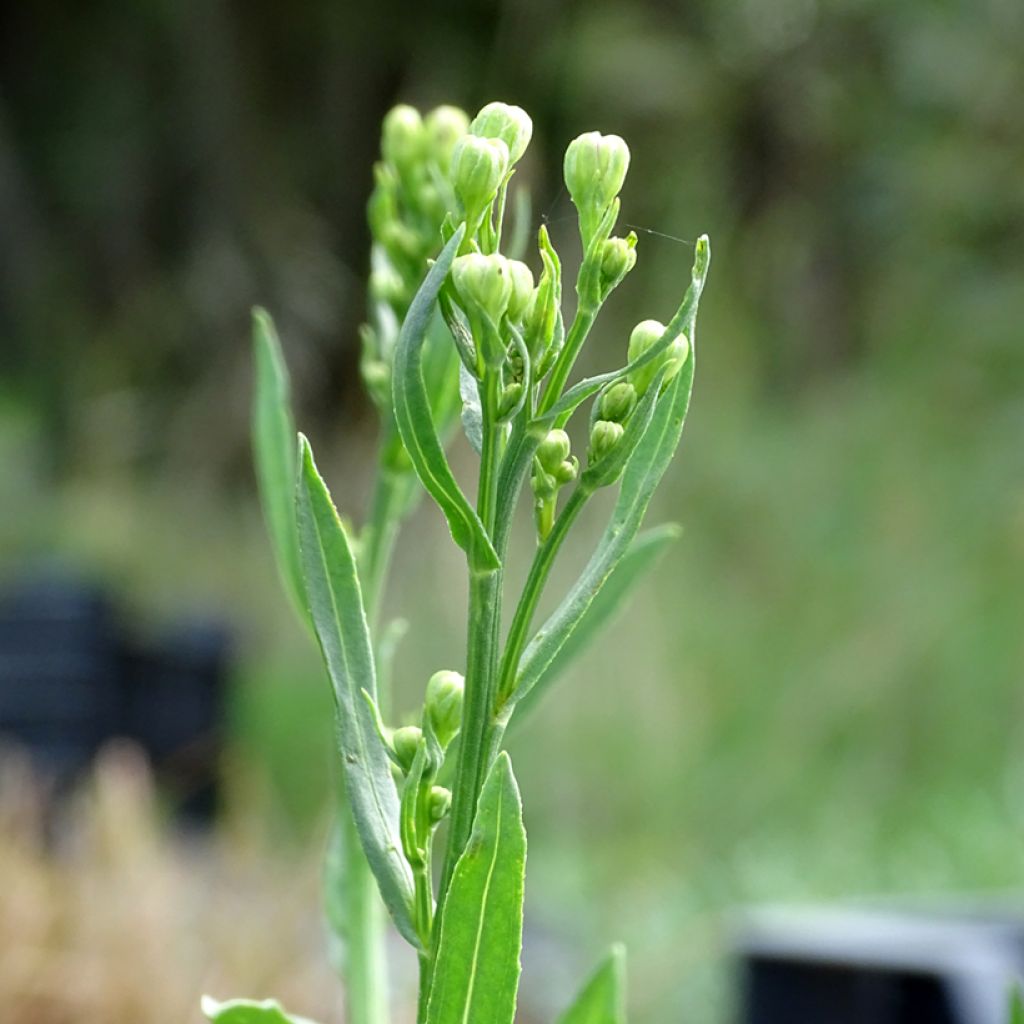

Aster maritime - Aster tripolium ou Tripolium pannonicum
Sea Aster - Aster tripolium or Tripolium pannonicum
Tripolium pannonicum
Sea Aster, Seaside Daisy
Special offer!
Receive a €20 voucher for any order over €90 (excluding delivery costs, credit notes, and plastic-free options)!
1- Add your favorite plants to your cart.
2- Once you have reached €90, confirm your order (you can even choose the delivery date!).
3- As soon as your order is shipped, you will receive an email containing your voucher code, valid for 3 months (90 days).
Your voucher is unique and can only be used once, for any order with a minimum value of €20, excluding delivery costs.
Can be combined with other current offers, non-divisible and non-refundable.
Home or relay delivery (depending on size and destination)
Schedule delivery date,
and select date in basket
This plant carries a 6 months recovery warranty
More information
We guarantee the quality of our plants for a full growing cycle, and will replace at our expense any plant that fails to recover under normal climatic and planting conditions.
Description
The Seaside Aster, in Latin Tripolium pannonicum or formerly Aster tripolium, is a biennial halophyte plant. This means that it is only found in salty environments, as salt is essential to its metabolism once the juvenile stage has passed. It is nicknamed "sea spinach" because it can be cooked like spinach and accompanies all meats and fish. The young leaves can also be used raw in salads. It is a plant reserved for coastal gardeners who will plant it in very moist soil, by a pond, in a floodable meadow, on the banks of a basin, but always in a saline environment.
The Seaside Aster belongs to the Asteraceae family. It can be found in salt marshes, and in flooded salt meadows. It is a biennial plant that forms a clump of leafy stems in the first year, then blooms and produces seeds in the second year before dying. It grows to about 50cm (20in) tall and 35-40cm (14-16in) wide, with a bushy habit and branched stems. Its leaves are deciduous, appearing in spring and falling in autumn. The leaves are spatulate in shape, smooth, pale green to dark green, and slightly shiny. Only the young leaves, measuring no more than 1-2 cm (0-1in), are consumed. The plant blooms in late summer and autumn. Its flowers are organised into heads measuring 2 to 2.5cm (1in) in diameter. Each head, or "flower," consists of a central yellow disc surrounded by ligulate petals of various colours, such as lilac, blue, or white.
The young leaves of the seaside aster have a slightly sweet flavour, somewhat reminiscent of artichoke. They can be consumed in multiple ways: cooked and served with béchamel sauce, gratin, braised, or chilled with a cream sauce. They are also excellent when eaten raw in salads.
Harvesting: Mainly done in spring, as only the young leaves are consumed.
Storage: The leaves can be stored for a few days in the refrigerator, wrapped in paper towels. They can also be frozen after being blanched for a few minutes in boiling water.
Harvest
Plant habit
Foliage
Other Vegetable garden A to Z
View all →Planting and care
Plant the sea aster in spring or autumn, only in floodable soils, very moist and salty (ponds, banks, salt meadows, prairies, salt marshes). This plant tolerates poor and calcareous soils and it perfectly withstands coastal conditions. Plant it in full sun or partial shade (shade for part of the day). Plan for 6 plants per square metre.
Make a hole of 10-12 cm (4-5in) in all directions below the level that the water is capable of reaching, in which you will place the plant. Fill with the outer soil or soil from the muddy bottom, then stabilise your plant with stones placed around the collar so that it is not at risk of being lifted if the water rises. Do not modify the planting soil in any way, do not add any compost or soil taken from elsewhere in the garden.
Maintenance:
Ensure that this aster is not invaded by other vigorous salt bank plants, as it does not appreciate competition. Do not add any fertilisers. Only clean up dry or damaged foliage during the season.
Cultivation
Care
Intended location
Planting & care advice
This item has not been reviewed yet - be the first to leave a review about it.
Similar products
Haven't found what you were looking for?
Hardiness is the lowest winter temperature a plant can endure without suffering serious damage or even dying. However, hardiness is affected by location (a sheltered area, such as a patio), protection (winter cover) and soil type (hardiness is improved by well-drained soil).

Photo Sharing Terms & Conditions
In order to encourage gardeners to interact and share their experiences, Promesse de fleurs offers various media enabling content to be uploaded onto its Site - in particular via the ‘Photo sharing’ module.
The User agrees to refrain from:
- Posting any content that is illegal, prejudicial, insulting, racist, inciteful to hatred, revisionist, contrary to public decency, that infringes on privacy or on the privacy rights of third parties, in particular the publicity rights of persons and goods, intellectual property rights, or the right to privacy.
- Submitting content on behalf of a third party;
- Impersonate the identity of a third party and/or publish any personal information about a third party;
In general, the User undertakes to refrain from any unethical behaviour.
All Content (in particular text, comments, files, images, photos, videos, creative works, etc.), which may be subject to property or intellectual property rights, image or other private rights, shall remain the property of the User, subject to the limited rights granted by the terms of the licence granted by Promesse de fleurs as stated below. Users are at liberty to publish or not to publish such Content on the Site, notably via the ‘Photo Sharing’ facility, and accept that this Content shall be made public and freely accessible, notably on the Internet.
Users further acknowledge, undertake to have ,and guarantee that they hold all necessary rights and permissions to publish such material on the Site, in particular with regard to the legislation in force pertaining to any privacy, property, intellectual property, image, or contractual rights, or rights of any other nature. By publishing such Content on the Site, Users acknowledge accepting full liability as publishers of the Content within the meaning of the law, and grant Promesse de fleurs, free of charge, an inclusive, worldwide licence for the said Content for the entire duration of its publication, including all reproduction, representation, up/downloading, displaying, performing, transmission, and storage rights.
Users also grant permission for their name to be linked to the Content and accept that this link may not always be made available.
By engaging in posting material, Users consent to their Content becoming automatically accessible on the Internet, in particular on other sites and/or blogs and/or web pages of the Promesse de fleurs site, including in particular social pages and the Promesse de fleurs catalogue.
Users may secure the removal of entrusted content free of charge by issuing a simple request via our contact form.
The flowering period indicated on our website applies to countries and regions located in USDA zone 8 (France, the United Kingdom, Ireland, the Netherlands, etc.)
It will vary according to where you live:
- In zones 9 to 10 (Italy, Spain, Greece, etc.), flowering will occur about 2 to 4 weeks earlier.
- In zones 6 to 7 (Germany, Poland, Slovenia, and lower mountainous regions), flowering will be delayed by 2 to 3 weeks.
- In zone 5 (Central Europe, Scandinavia), blooming will be delayed by 3 to 5 weeks.
In temperate climates, pruning of spring-flowering shrubs (forsythia, spireas, etc.) should be done just after flowering.
Pruning of summer-flowering shrubs (Indian Lilac, Perovskia, etc.) can be done in winter or spring.
In cold regions as well as with frost-sensitive plants, avoid pruning too early when severe frosts may still occur.
The planting period indicated on our website applies to countries and regions located in USDA zone 8 (France, United Kingdom, Ireland, Netherlands).
It will vary according to where you live:
- In Mediterranean zones (Marseille, Madrid, Milan, etc.), autumn and winter are the best planting periods.
- In continental zones (Strasbourg, Munich, Vienna, etc.), delay planting by 2 to 3 weeks in spring and bring it forward by 2 to 4 weeks in autumn.
- In mountainous regions (the Alps, Pyrenees, Carpathians, etc.), it is best to plant in late spring (May-June) or late summer (August-September).
The harvesting period indicated on our website applies to countries and regions in USDA zone 8 (France, England, Ireland, the Netherlands).
In colder areas (Scandinavia, Poland, Austria...) fruit and vegetable harvests are likely to be delayed by 3-4 weeks.
In warmer areas (Italy, Spain, Greece, etc.), harvesting will probably take place earlier, depending on weather conditions.
The sowing periods indicated on our website apply to countries and regions within USDA Zone 8 (France, UK, Ireland, Netherlands).
In colder areas (Scandinavia, Poland, Austria...), delay any outdoor sowing by 3-4 weeks, or sow under glass.
In warmer climes (Italy, Spain, Greece, etc.), bring outdoor sowing forward by a few weeks.






























